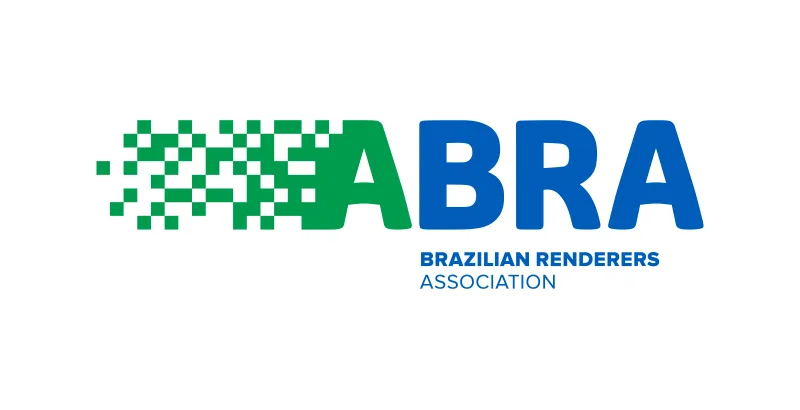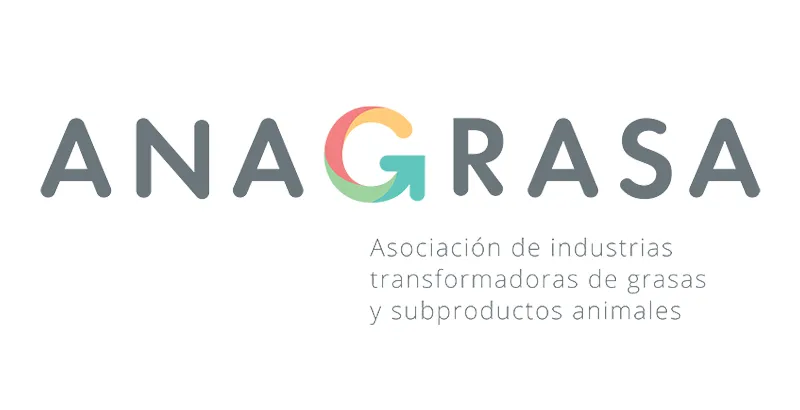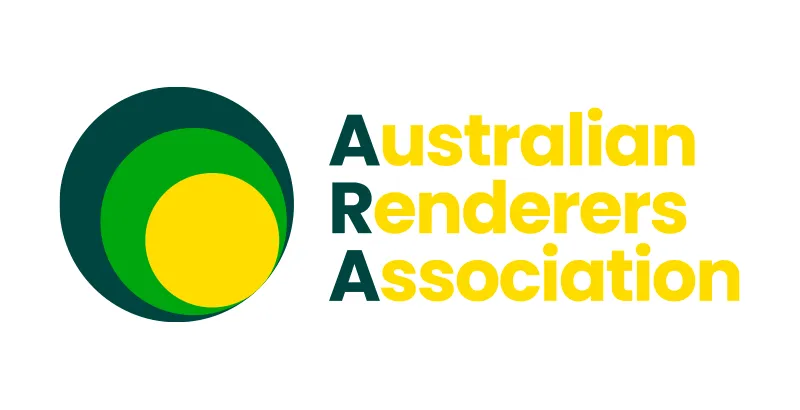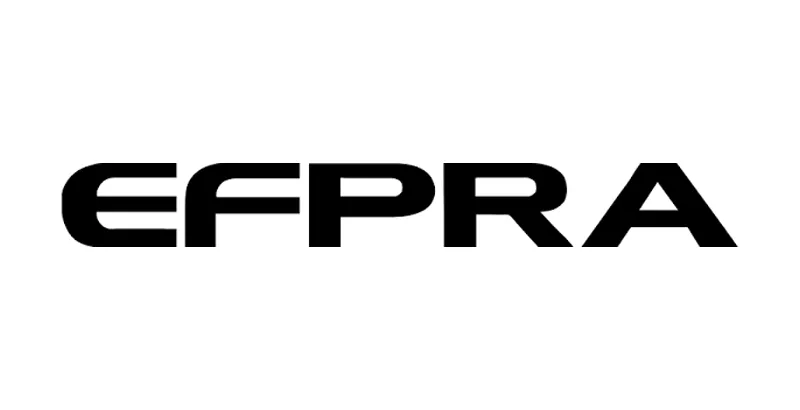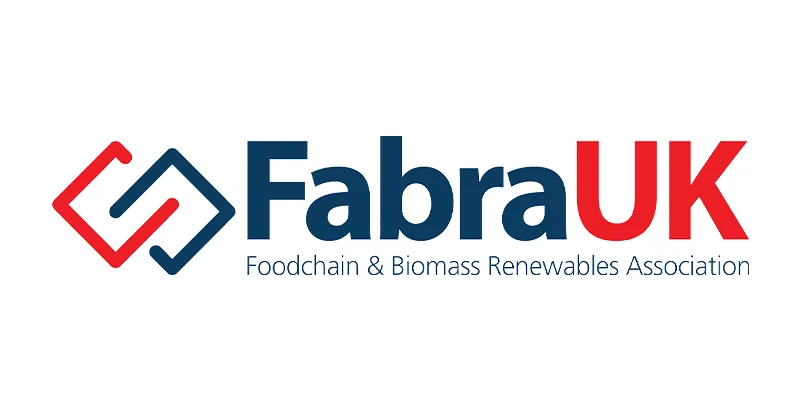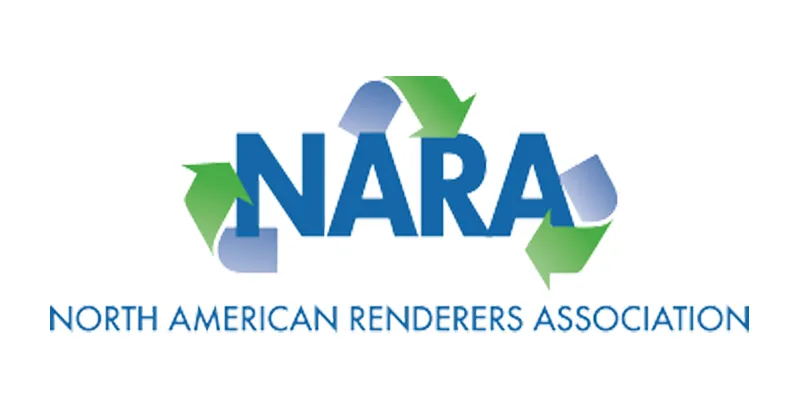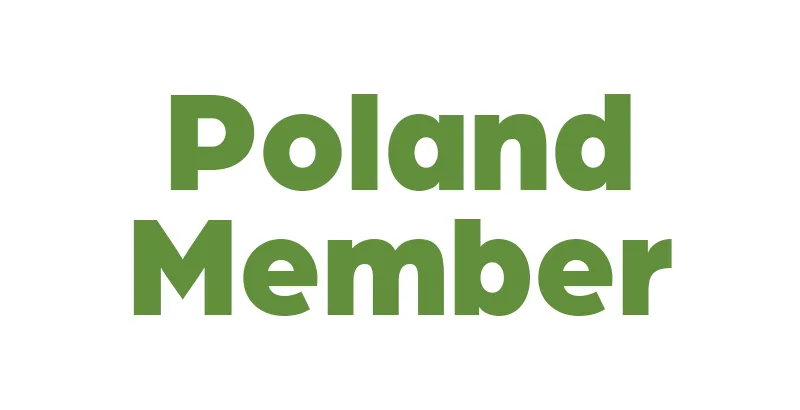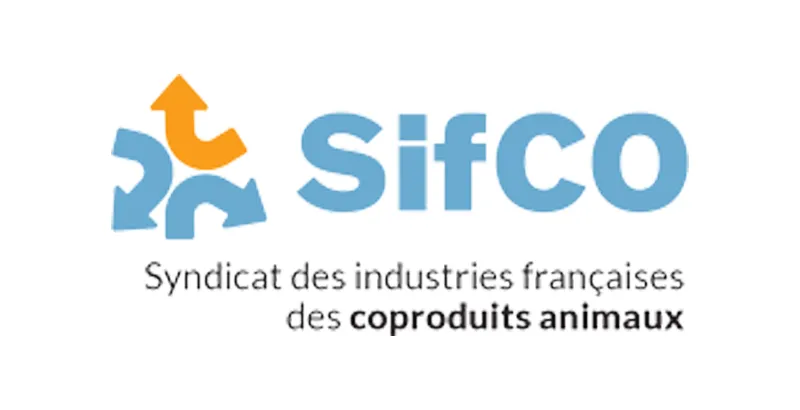Animal Recycling: Sustainability in Action
In Brazil, animal recycling transforms millions of tons of slaughter by-products annually into safe and nutritious ingredients, contributing to more affordable food, water recovery, renewable energy generation, and reduced urban waste. This practice strengthens the circular bioeconomy, prevents waste, reduces CO₂ emissions and pollution, supports food security, and improves animal welfare, directly aligning with the UN Sustainable Development Goals such as Zero Hunger, Clean Water, Affordable Clean Energy, and Sustainable Cities.


